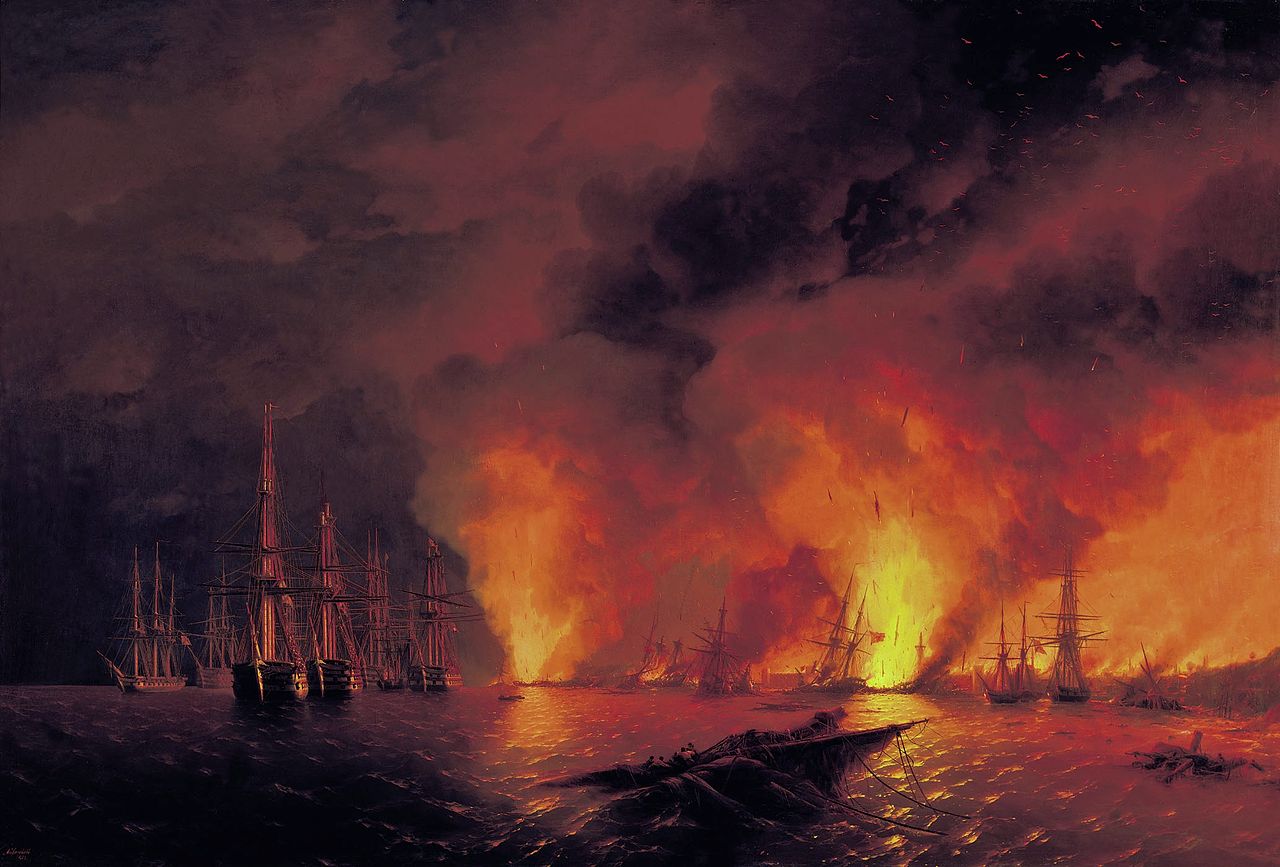Summary: This article delves into the profound stupidity and devastating consequences of war. By analyzing historical data and empirical evidence, the article argues that the institution of international war has become obsolete, not because of any external or internal changes in human society, but because of a shift in attitudes and ideas. This transformation suggests that war is not an inherent necessity dictated by human nature or history, but rather a human invention imposed upon international society.
The idea that war is profoundly stupid has likely been evident pretty much forever. For example, it was certainly possible to note with dismay that one of the most famous wars in history or mythology—the one between Greece and Troy—was stupidly fought over an errant wife, lasted for ten brutal years, and ended in the violent annihilation of an entire city-state.
However, it took until recent decades for substantial numbers of people effectively to act on and abide by the idea. Europe, once the most warlike continent, took the lead on this. In the 75-year period since 1945, it has experienced (and, for the most part, enjoyed) the longest period free from substantial interstate war since the continent itself was invented as a concept some 2500 years ago.
Moreover, not only have developed countries, including the Cold War superpowers, managed to stay out of war with each other since 1945, but there have been remarkably few international wars of any sort during the period, particularly in the last few decades
Thus, reversing the course of several millennia, countries, for the most part, no longer really consider war among them to be a sensible method for resolving their disputes. However, they may well feel freer to engage in behavior that might once have been taken to be casus belli, such as tinkering in civil wars, seizing bits of territory, firing shots across bows, lobbing cyber balloons, exacting economic sanctions, or poaching fish.
Over the twentieth century, then, something that might be called a culture or society of international peace or a widespread aversion to war (or a sensitivity to its essential stupidity) has been established with regard to how countries relate to each other. And the chief consequence of this development has been the remarkable decline – or, in the case of the developed world, the almost utter absence – of the venerable institution over the last several decades.
This book is something of a biography of the rise of that idea. And I survey and critique the foreign policy history of the post-World War II era during which an aversion to international war, or an acceptance of the idea that it is fundamentally stupid, has grown.
In the process, I examine several additional and associated consequences of the rise of aversion to international war:
- Nuclear deterrence was not necessary to preserve the peace during (and after) the Cold War. The Soviet Union, while embracing the idea of international revolution, never saw direct war as a device for carrying this out. That is, there was nothing to deter.
- Prestige now comes not from prowess in armed conflict as in days of old, but from economic progress, maintaining a stable and productive society, and, for many, putting on a good Olympics, sending a rocket to or toward the moon, or managing a pandemic.
- Under the circumstances, there is potential virtue in the traditionally maligned techniques of complacency and appeasement for dealing with international problems.
- There is little justification for the continuing and popular tendency to inflate threats and dangers in the international arena – even to the point of deeming some of them to be “existential.” This holds for any challenges presented by China or Russia: neither seems to harbor Hitler-like dreams of extensive expansion by military means, and both are trading states that need a stable and essentially congenial international environment to flourish. And the consequences of nuclear proliferation have been substantially benign (except on agonies, obsessions, rhetoric, posturing, and spending), while alarmed efforts to prevent proliferation have proved to be very costly, leading to the deaths of more people than perished at Hiroshima and Nagasaki combined.
- Although problems certainly remain, none of these are of a kind and substantial enough to require the United States (or pretty much anybody) to maintain a large standing military force for dealing with them.
- The rather natural and substantially immutable establishment of something of a world order has scarcely required the active machinations of the United States. I argue that it was primarily the rise of an aversion to international war (not, for example, nuclear fears or American efforts at security provision) that has led to the remarkable, and expanding, condition of international peace that has arisen since 1945.
International war, then, seems to be in pronounced decline because of the way attitudes toward it have changed, roughly following the pattern by which the ancient and once-formidable formal institution of slavery became discredited and then obsolete. And the process of change suggests that international war is not a requirement of history or of human nature, but merely an idea, an institution or invention that has been grafted onto international society.
Its replacement in much of the world by a culture or society of international peace has come about, it seems, without the intervention or service of cherubs, doves, and choirs of angels; without changing human nature; without creating an effective world government or system of international law; without modifying the nature of the state or the nation state; without fabricating an effective moral or practical equivalent; without enveloping the earth in democracy or prosperity; without devising ingenious agreements to restrict arms or the arms industry; without altering the international system; without improving the competence of political leaders; and without doing much of anything about nuclear weapons.
This is an excerpt adapted from the book The Stupidity of War




